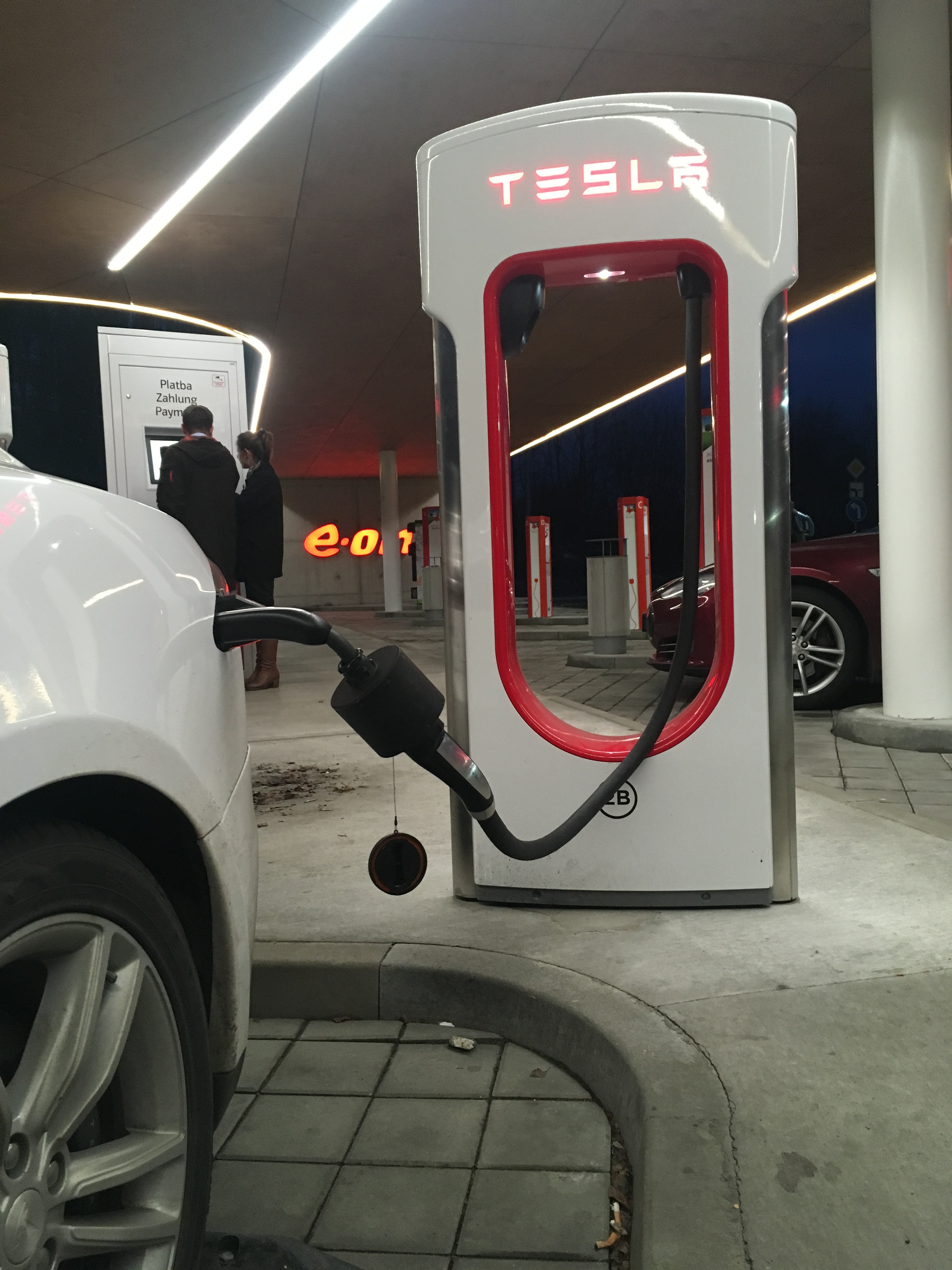So apparently an adapter has been made to allow a US Tesla to charge from an EU super charger.

Does anyone know how to make one? Pin out diagrams? Or if they are commercially available, how much and where to buy?
Interestingly, it is apparently also possible to do a full conversion from US to EU spec, giving the car full 3-phase charging capability. There are a few such Teslas already driving around Lithuania with this mod. But it cost a few K, and I'm somewhat hoping this adapter could be a better idea .
.

Does anyone know how to make one? Pin out diagrams? Or if they are commercially available, how much and where to buy?
Interestingly, it is apparently also possible to do a full conversion from US to EU spec, giving the car full 3-phase charging capability. There are a few such Teslas already driving around Lithuania with this mod. But it cost a few K, and I'm somewhat hoping this adapter could be a better idea


